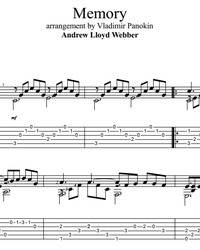

Another younger population with working memory impairment consists of those with mental, developmental, and/or neurological disorders such as major depressive disorder and others. Moreover, working memory deficits are apparent in older individuals, who are susceptible to cognitive deterioration. Aging also appears to have modulatory effects on working memory age interactions with emotion, caffeine and hormones appear to affect working memory performances at the neurobiological level. Recent studies have subsequently implicated the roles of subcortical regions (such as the midbrain and cerebellum) in working memory. From the neuroscience perspective, it has been established that working memory activates the fronto-parietal brain regions, including the prefrontal, cingulate, and parietal cortices. In particular, the theoretical framework behind working memory, in which the related domains that are considered to play a part in different frameworks (such as memory’s capacity limit and temporary storage) are presented and discussed. In the present article, the authors provide an overview of several working memory-relevant studies in order to harmonize the findings of working memory from the neurosciences and psychological standpoints, especially after citing evidence from past studies of healthy, aging, diseased, and/or lesioned brains.

Before the emergence of other competing models, the concept of working memory was described by the multicomponent working memory model proposed by Baddeley and Hitch. The general consensus regarding working memory supports the idea that working memory is extensively involved in goal-directed behaviors in which information must be retained and manipulated to ensure successful task execution. Since the concept of working memory was introduced over 50 years ago, different schools of thought have offered different definitions for working memory based on the various cognitive domains that it encompasses. 2Center for Neuroscience Services and Research, Universiti Sains Malaysia, Kubang Kerian, Malaysia.1Department of Neurosciences, School of Medical Sciences, Universiti Sains Malaysia, Kubang Kerian, Malaysia.Wen Jia Chai 1 Aini Ismafairus Abd Hamid 1,2* Jafri Malin Abdullah 1,2


 0 kommentar(er)
0 kommentar(er)
